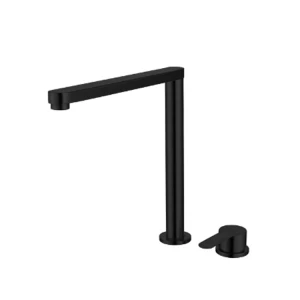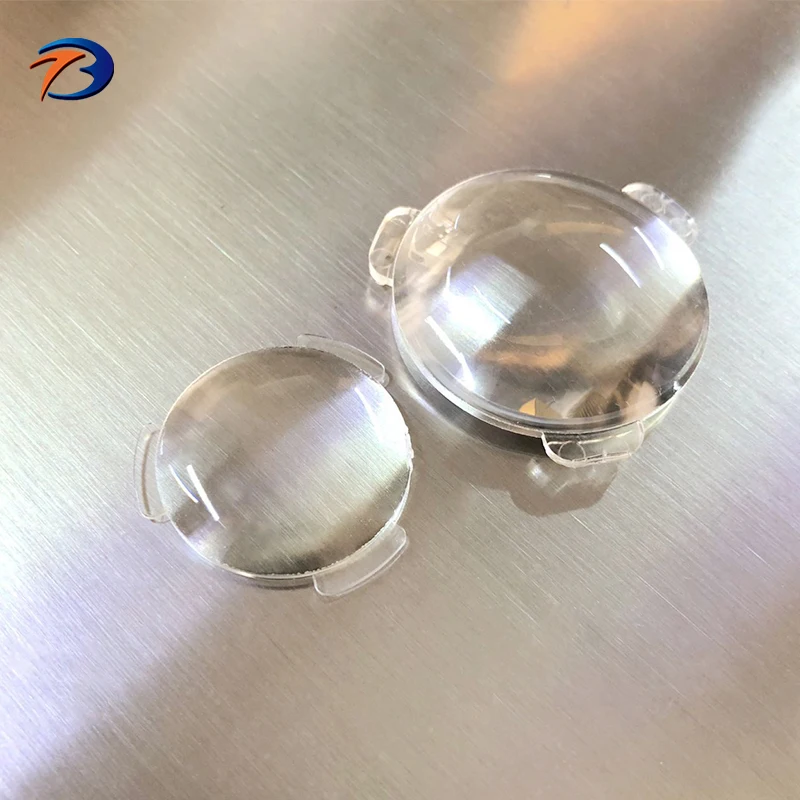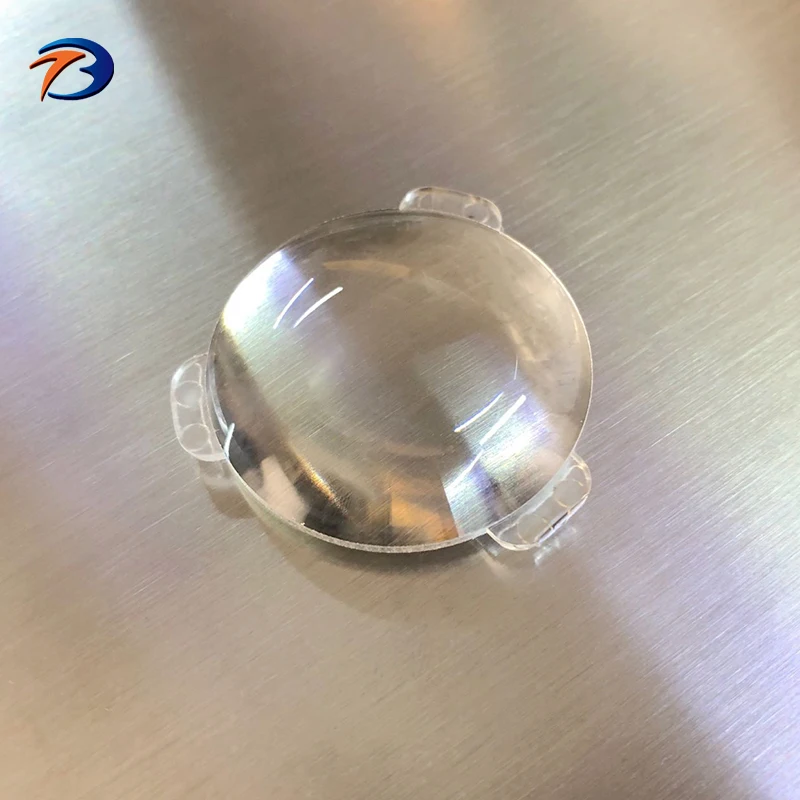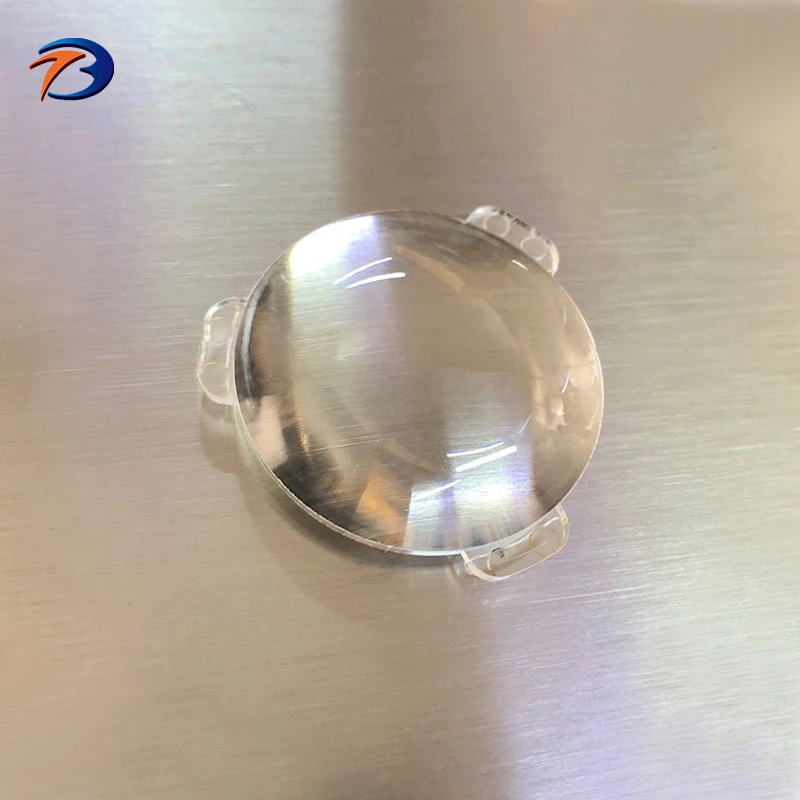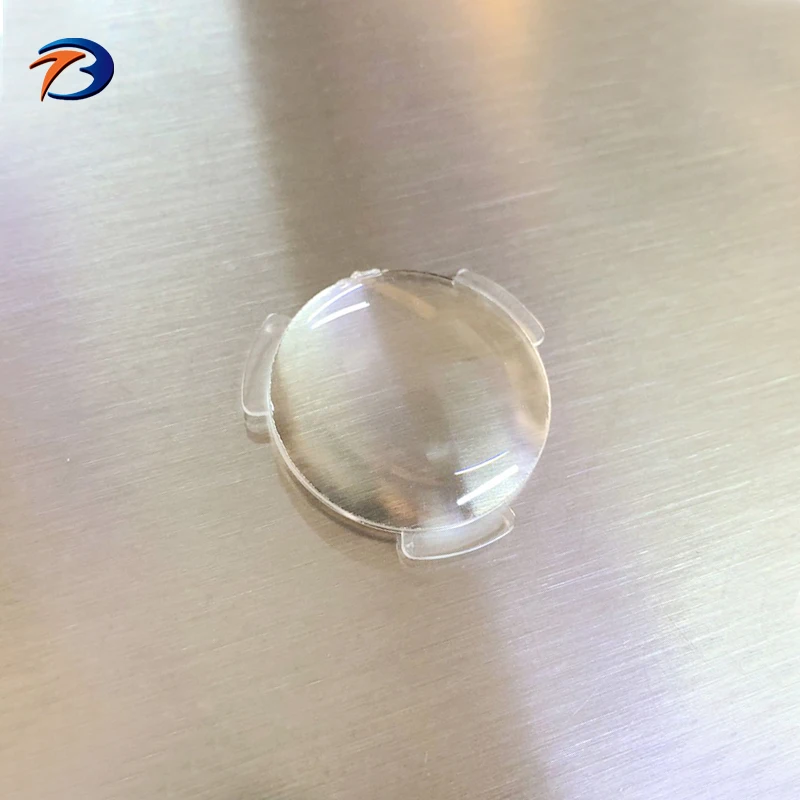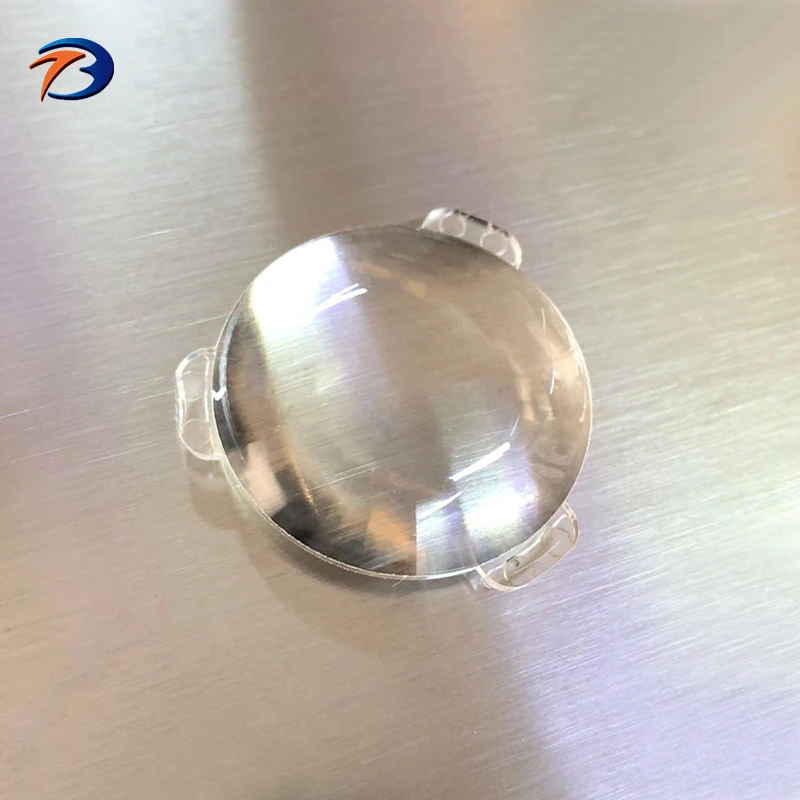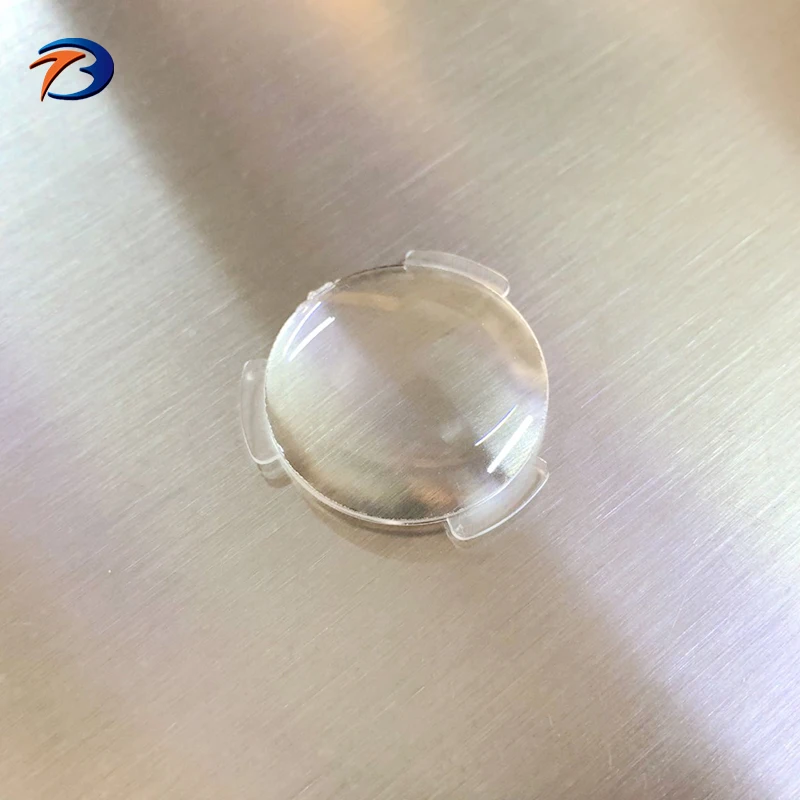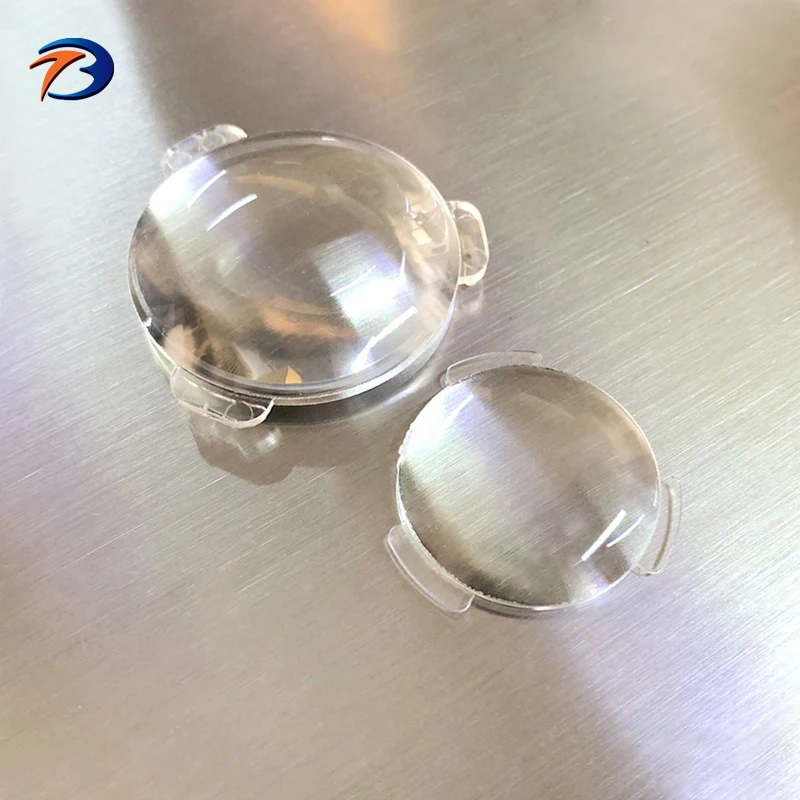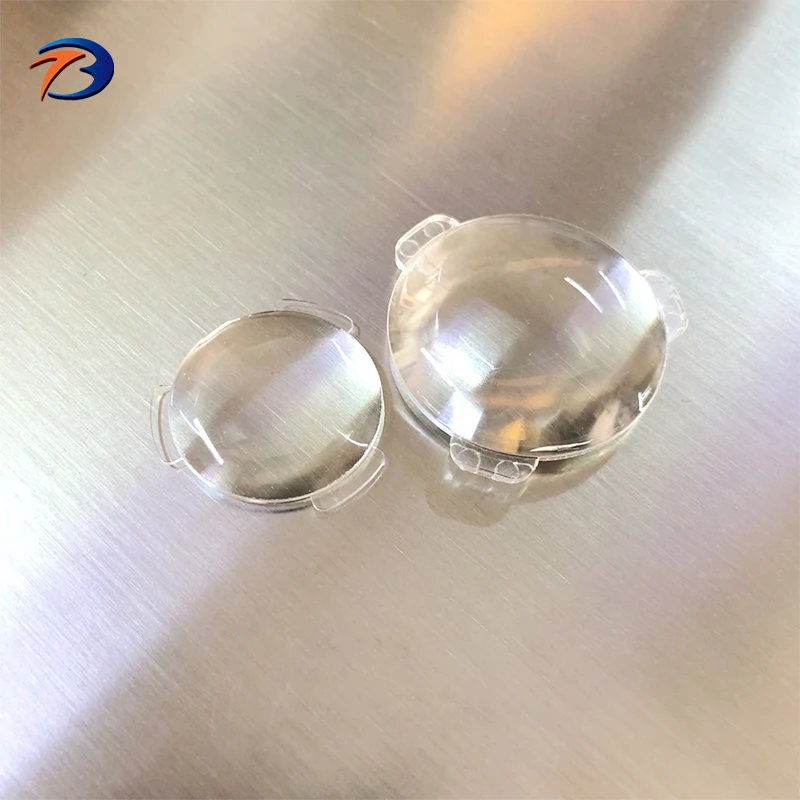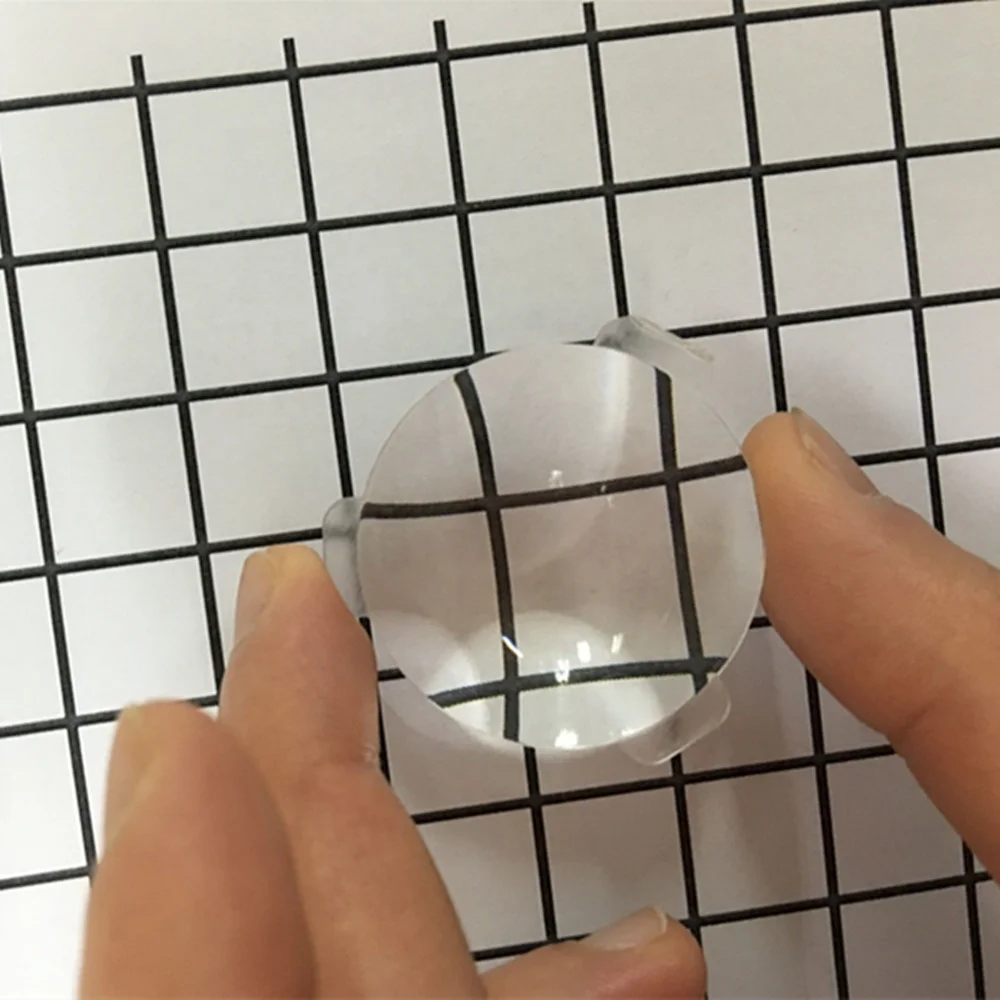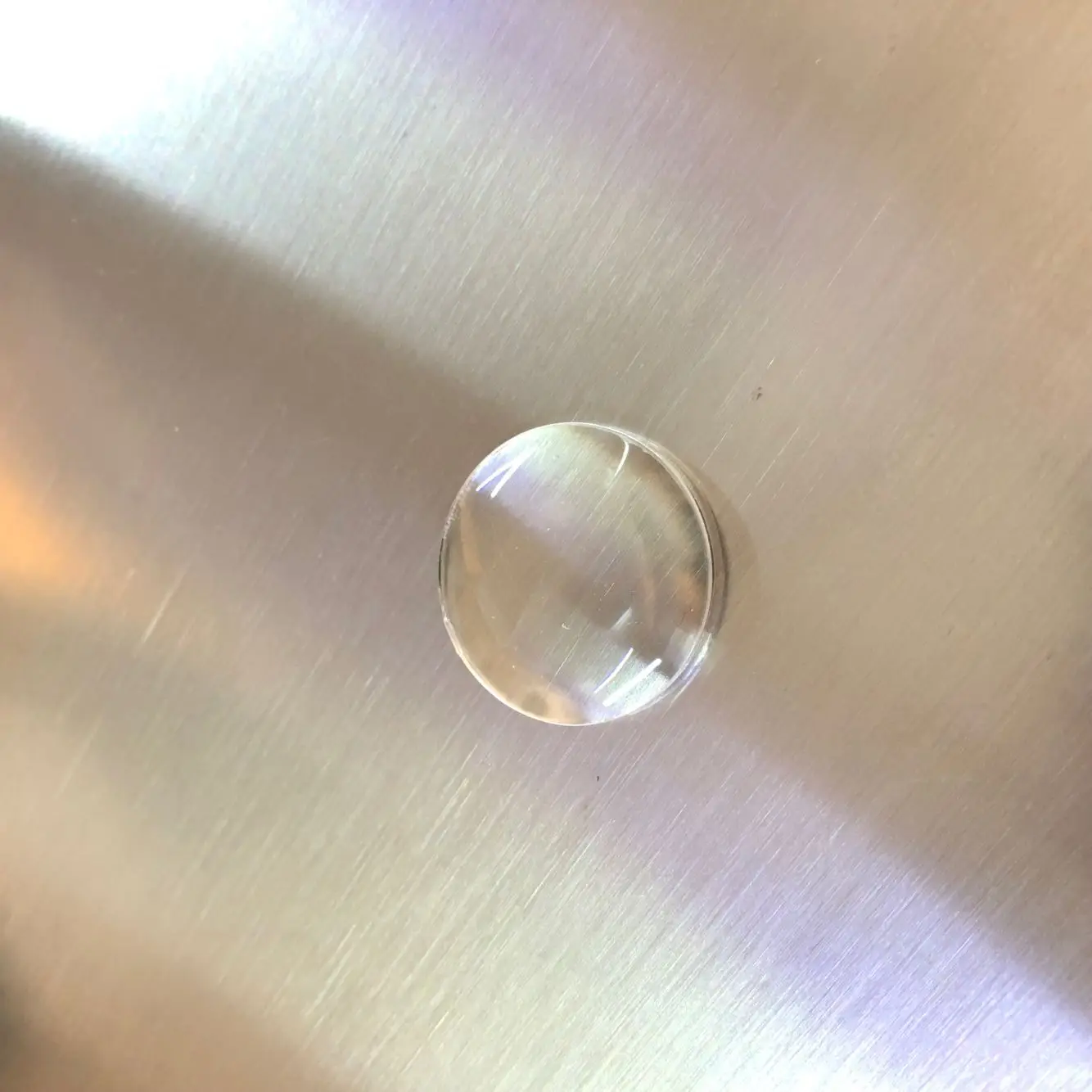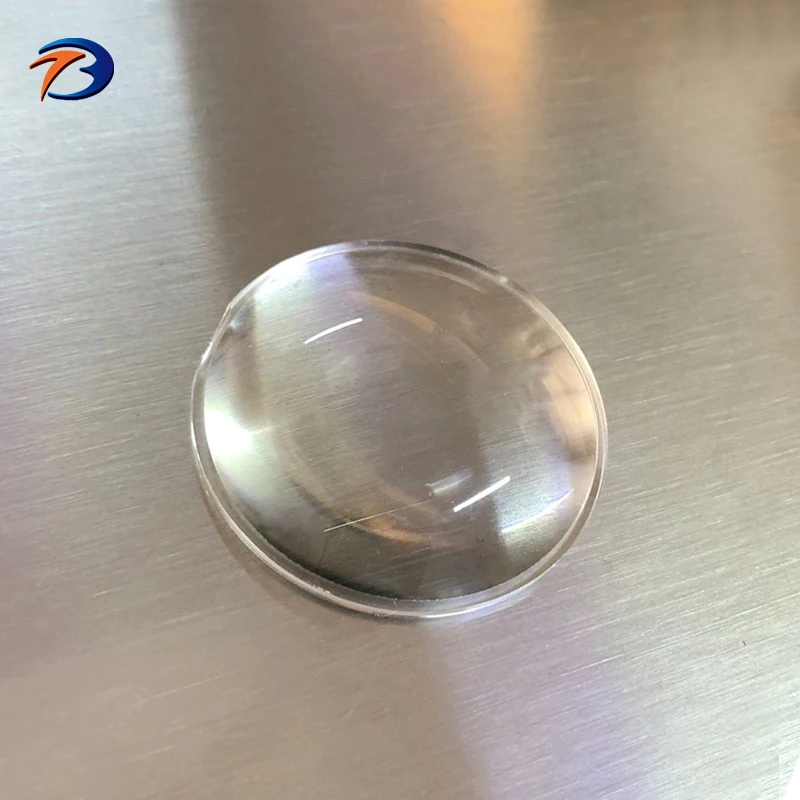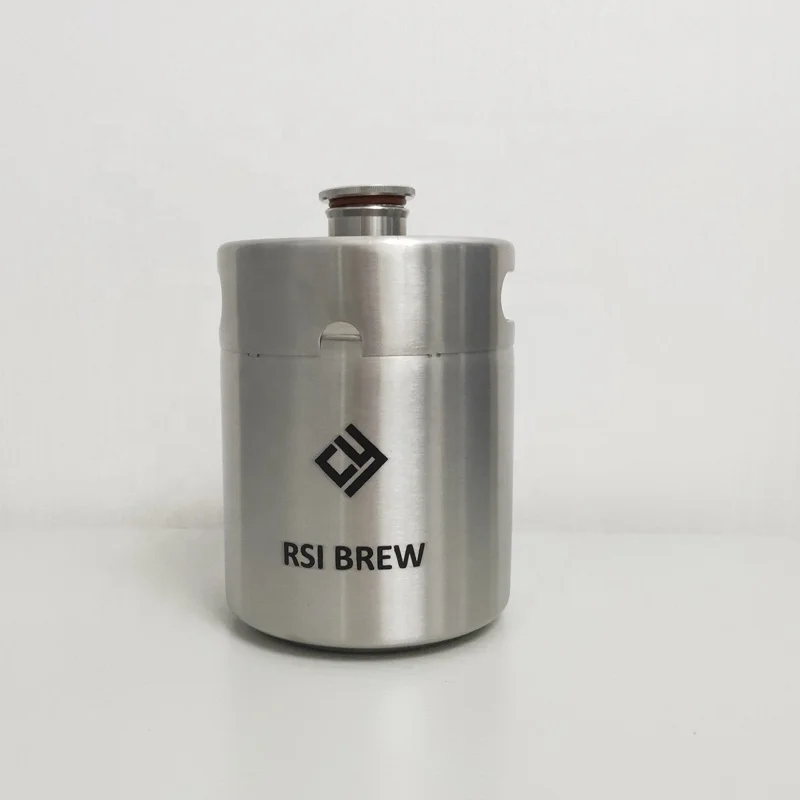Best Taps for Industrial Use: Types, Features, and Buying Guide
When it comes to industrial tools and hardware, taps are indispensable for creating precise threads in metal, plastic, and other materials. Whether you're a manufacturer, machinist, or DIY enthusiast, choosing the right tap can significantly impact your project's success. This guide covers everything you need to know about taps, from types and functions to sourcing reliable suppliers.
How to Find Reliable Taps from China in 2025
China remains a leading supplier of industrial taps, offering competitive prices and diverse options. To ensure quality, look for suppliers with ISO 9001 certification and positive customer reviews. Platforms like Alibaba provide verified seller badges and trade assurance programs for added security. Always request material certifications (e.g., HSS or carbide) and sample testing before bulk orders.
What Buyers Should Know Before Buying Taps from China
Key considerations include lead time (typically 15-30 days), MOQ (minimum order quantity), and shipping terms (FOB or EXW). Negotiate pricing for large orders—many Chinese suppliers offer discounts for quantities over 500 units. Be aware of potential customs duties and ensure the supplier provides proper HS codes for smooth clearance.
Types of Taps
1. Hand Taps: Standard 3-piece sets (taper, plug, bottoming) for manual threading.
2. Machine Taps: Designed for CNC or drill presses, with spiral flutes for chip evacuation.
3. Pipe Taps: Create NPT or BSPT threads for plumbing applications.
4. Forming Taps: Cold-form threads without chips, ideal for ductile materials.
Functions and Features of Taps
High-performance taps include:
- Coating: TiN or TiCN for extended tool life
- Flute Design: Straight (general use) vs. spiral (blind holes)
- Shank Type: Straight or reduced for specific holders
- Thread Standards: Metric, UNC, UNF, or specialized profiles
Scenarios of Taps
Industrial taps are used in:
- Automotive: Engine blocks and transmission parts
- Aerospace: High-strength alloy components
- Construction: Structural steel connections
- Electronics: Precision small-thread devices
How to Choose Taps
Follow this checklist:
1. Material: Match tap material (HSS, cobalt, carbide) to workpiece hardness.
2. Thread Size: Verify pitch and diameter per engineering drawings.
3. Hole Type: Through-hole vs. blind hole determines flute style.
4. Production Volume: Invest in coated taps for long runs.
Taps Q & A
Q: How do I prevent tap breakage?
A: Use proper lubrication, correct RPM (typically 10-20 SFM for steel), and ensure perpendicular alignment.
Q: What's the difference between cut and form taps?
A: Cut taps remove material (chips), while form taps displace material—better for soft metals.
Q: How many holes can one tap thread?
A: Varies by material; e.g., HSS taps may last 500+ holes in aluminum but only 50 in stainless steel.
Q: Why do Chinese taps cost less?
A: Economies of scale and lower labor costs, but verify quality through testing.
Q: Can taps be re-sharpened?
A: Yes, specialized services can extend tool life by 30-50%.



